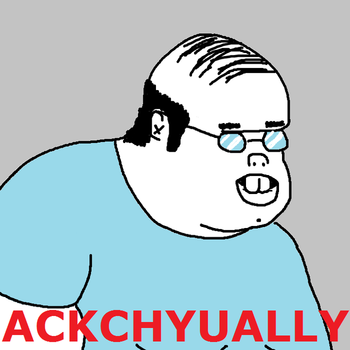Question #19780
2 Answers
The answer is A
Explanation:
A because ;
Step 1
You open the brackets or parentheses so that the equation becomes
While open the brackets , take care of the signs
Step 2
Add or subtract the like terms
And , you get A as the answer
Option
Explanation:
The terms of an expression are the parts of a mathematical expression that are separated by a plus
For example:
The above mentioned experssion have five terms.
Terms are like terms if their variable parts are the same. In the above expression,
So, let's start our problem!
Remove parantheses
Distribute the parantheses on the right as:
Remember the important parantheses rule in algebra stated as:
By applying here, we get:
Next step is to group the like terms:
Add the similar terms
Add the similar terms
Add the similar terms
Add the similar terms
Add/Subtract the numbers


